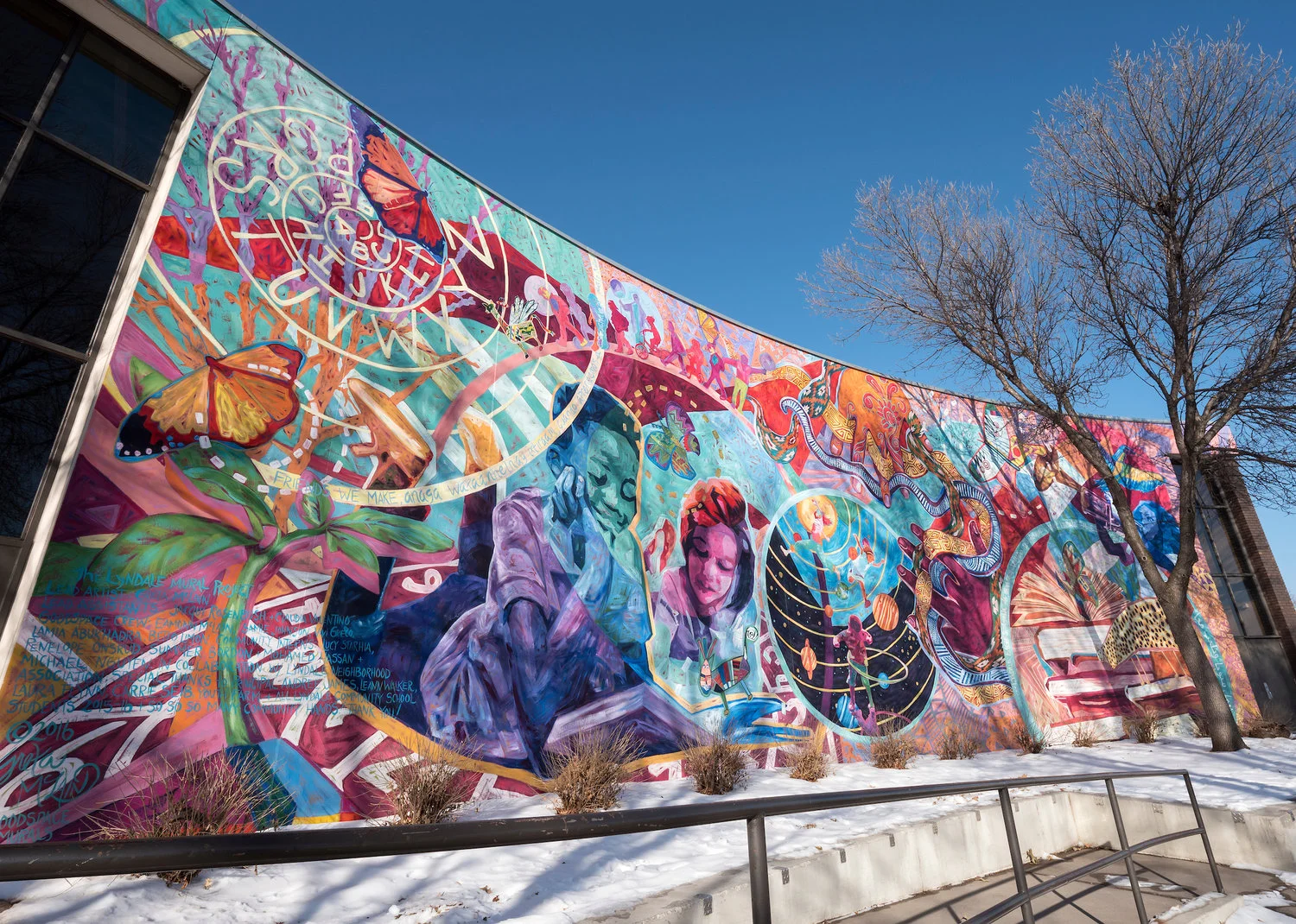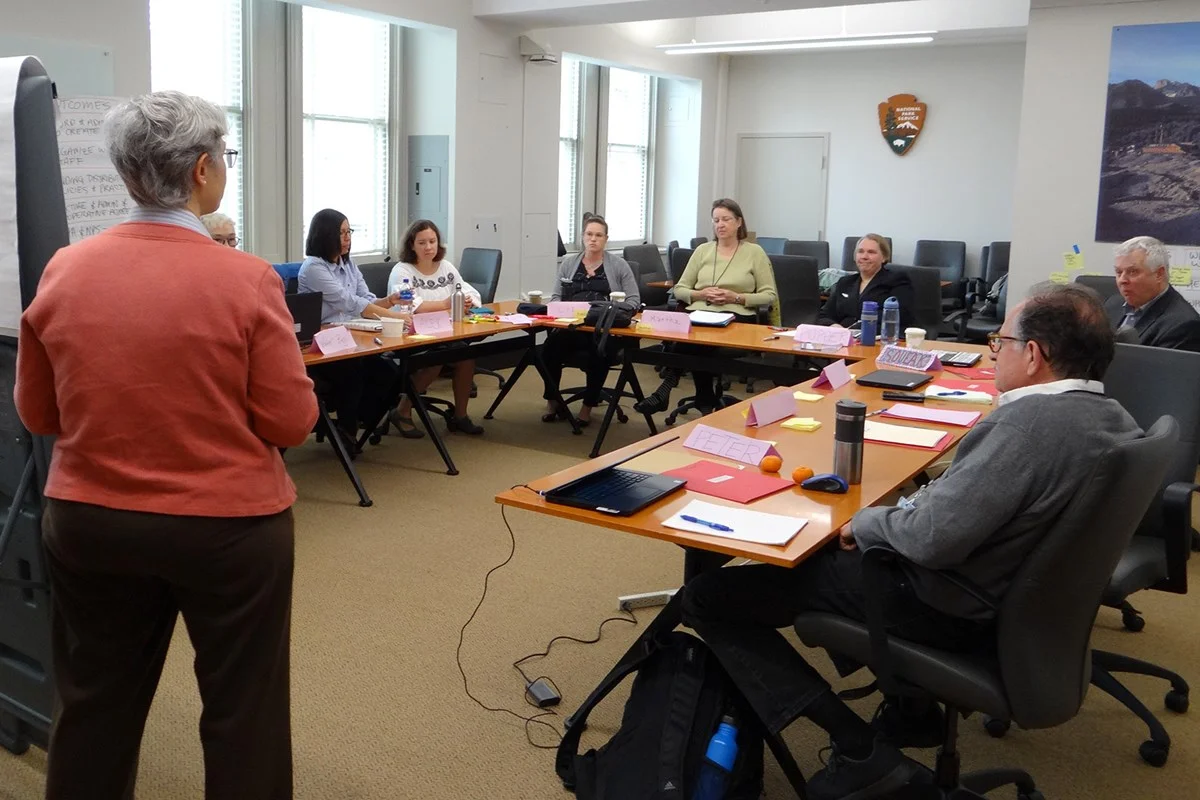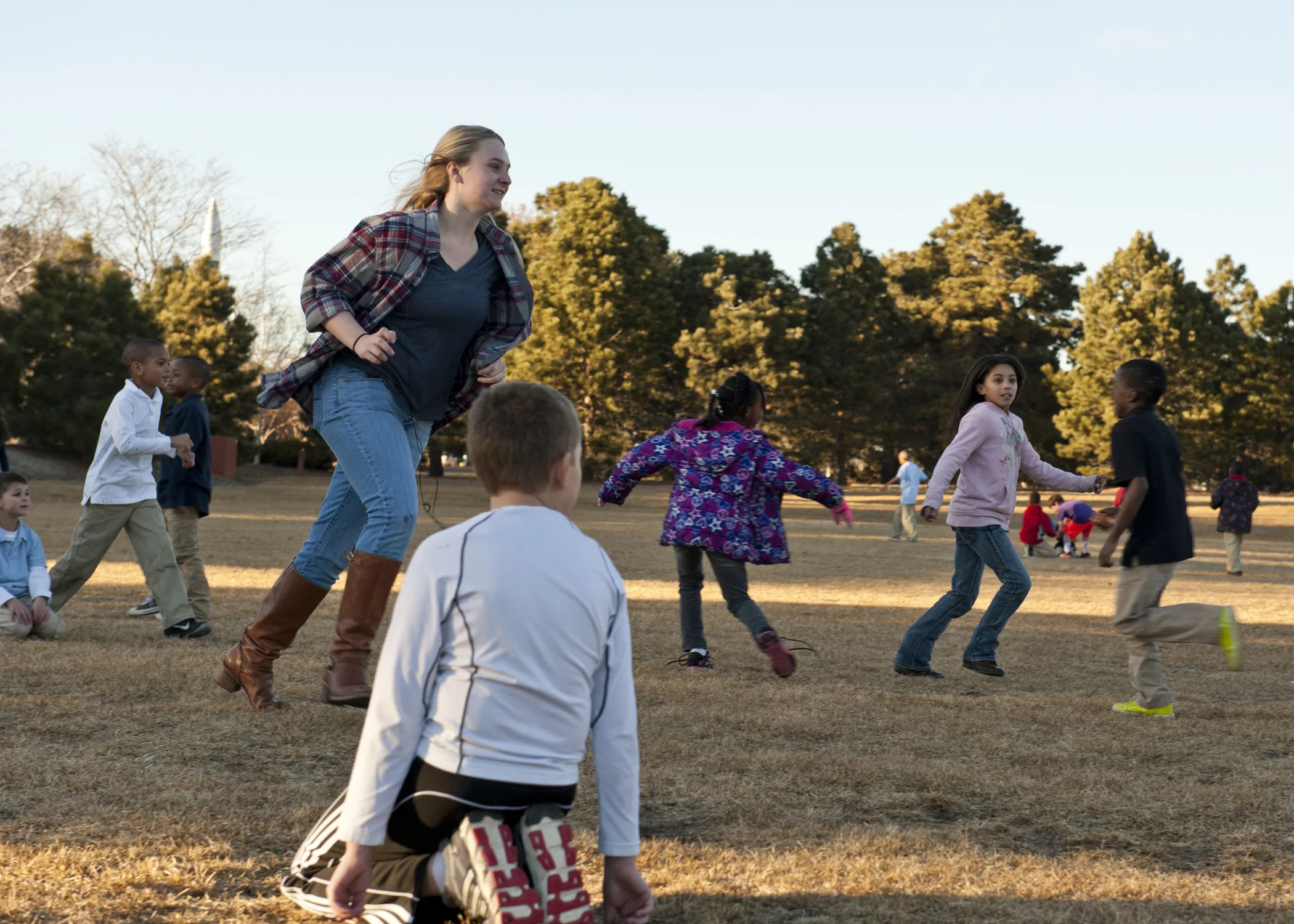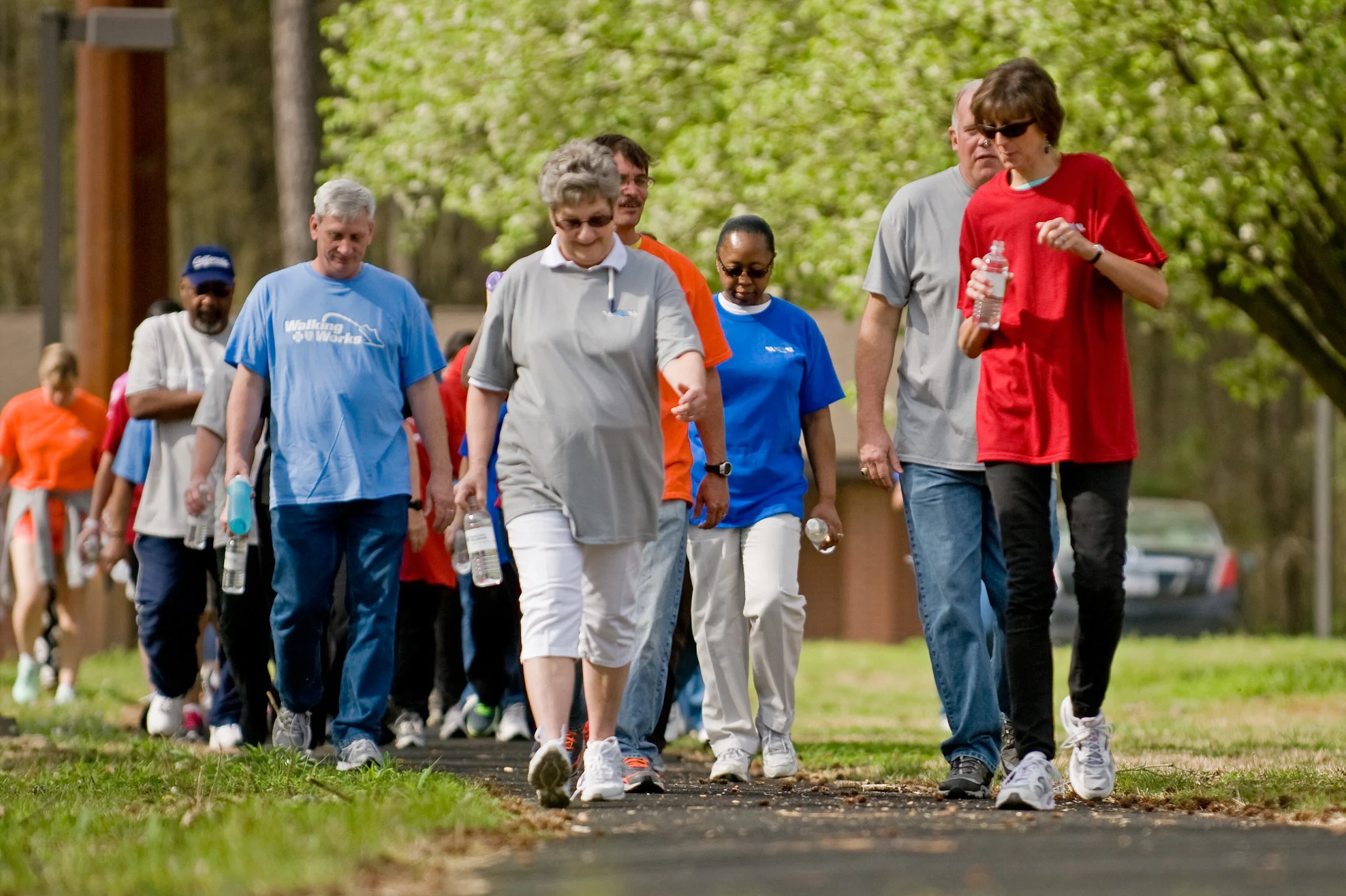Thor Erickson—a longtime leader in the neighborhood and civic nonprofit sector—shares how you can use nonprofits to build strong neighborhoods in your own community, including how to bring your unique perspective to neighborhood investment, how to partner with your local government, and how to get your community behind your mission.
Andy Diaz—founder at Urban Acres in Peoria, Illinois—shares how you can use local food to build community in your own neighborhood, including how to find the right investment for your neighborhood, how to grow your efforts incrementally, and why cities like Peoria and beyond need more $1,000 heroes (not $1 million heroes).
Greta McLain—Artistic Director at GoodSpace Murals, a Minneapolis-based organization that promotes community development through public art—shares how you can use public art to build community in your own city or town, including how to create a tribe of public art advocates in your community, and how to turn stakeholders leery of public art into advocates.
Rafa Wright—Detroit native, community leader, and soon-to-be owner of a new, Detroit-based neighborhood grocery—shares how you can make neighborhood-led investments in your community, including how to observe where people struggle, how to find the right investments for your neighborhood, and how to get your neighbors involved in the process.
Read MoreEd Morrison—author of Strategic Doing: Ten Skills for Agile Leadership—shares how city leaders can grow their economies by fostering collaboration on a local level, including how to find existing assets in your community, how to encourage existing organizations to focus on a shared goal, and how to incrementally pursue that goal.
Read MorePaul Fast—Principal Architect at HCMA, a Canadian architecture and design firm—discusses its More Awesome Now project and how you can revive neglected alleyways in your own neighborhood, including how to assess the needs of the neighborhood, how to measure the success of the project, and how to consider all members of the community in its design.
Read MoreLearn how one Texas-based Strong Towns member used the Strong Towns message to ask city council candidates the hard questions that—when we grapple with them—lead to stronger cities and towns.
Read MoreLearn how Strong Towns members across the nation can grow the Strong Towns network through Local Conversations, from three organizers who have walked the walk.
Read MoreWhen we take the steps that make our communities more financially resilient, we often make them healthier too. Just ask Dan Burden of Blue Zones: an organization that works with cities and towns across the country to help people lead healthier lives.
Read MoreMorgan Leichter-Saxby—co-founder at Pop-Up Adventure Play—shares how you can create low cost, low risk places to play in your neighborhood, including how to pitch the idea to your neighbors, how to commit to an incremental approach, and how Pop-Up Adventure Play can help throughout the process.
Read MoreAlix Taylor—Manager of Water Programs at Green Communities Canada—shares how to depave neglected concrete in your own neighborhood, including how to get your neighbors involved in the process, how to pitch the idea to city leaders, and how to find sites in your neighborhood optimal for depaving.
Read MoreJohn Reuter—board member at Strong Towns and former councilperson at the City of Sandpoint, Idaho—shares his insights in how you can propose eliminating parking minimums in your town—including how to tell a compelling story, how to find data that enhances that story, and how to build community support around removing parking minimums.
Read MoreJacqueline Hannah—assistant director at the Food Co-op Initiative—shares how you can start a neighborhood grocery co-op in your town, including how to pitch the vision to community members and elected officials, how to translate your enthusiasm into action, and how the Food Co-op initiative can help through every step of the process.
Read MoreJeff Eidson—founder of Explore Elkin—shares story behind the idea Explore Elkin and how listeners can successfully create similar groups in their own cities and towns, including how to find and pitch a shared vision to residents, how to motivate residents stuck in a psychology of decline towards their city or town, and how to use the funds generated towards small bets.
Read MoreJoanna Jurgens, Head of Business Affairs at Sofar Sounds, shares how you can foster a local music scene in your community, including how to awaken that DIY spirit that’s so essential to kickstarting a local music scene, how to identify low risk strategies for creating a venue, and how to get local elected officials involved in the process.
Read MoreSkyler Yost, Ecosystem Builder for the city of York, PA, shares how you can foster entrepreneurship in your community—and create an environment in which entrepreneurs support one another, too.
Read More
Ryan Short—CEO of CivicBrand—shares how you can find your community’s true essence, including how to engage with your community to ensure the creation of your brand is a grassroots effort, how to ensure your brand actually aligns with what your community offers, and how finding your community’s true essence makes your city or town stronger.
Read MoreStrong Towns’s own Kea Wilson discusses what her time as a bookseller at Left Bank Books in St. Louis taught her about making local businesses a third place, including what building a third place actually looks like, how third places are more economically resilient, and how you can make your local business a third place.
Read MoreIn this episode of our podcast It’s the Little Things, Jacob chats with Dustin Ratcliff—founding member of Walk2Connect—about how you can connect with your community on foot, including how to motivate your neighbors to form a walking group, how to use your walking group to influence how your city or town is develop, and how connecting with your community on foot makes our cities and towns stronger.
Read MoreIn this episode of our podcast It’s the Little Things, Jacob chats with Jordan Katcher—Community Development Specialist for the State of Utah, focusing on rural communities—about how government employees can break down silos in rural communities, including how to choose who to get involved in the process, how to understand the needs of rural communities, and most important, how breaking down silos can make rural communities stronger.




















